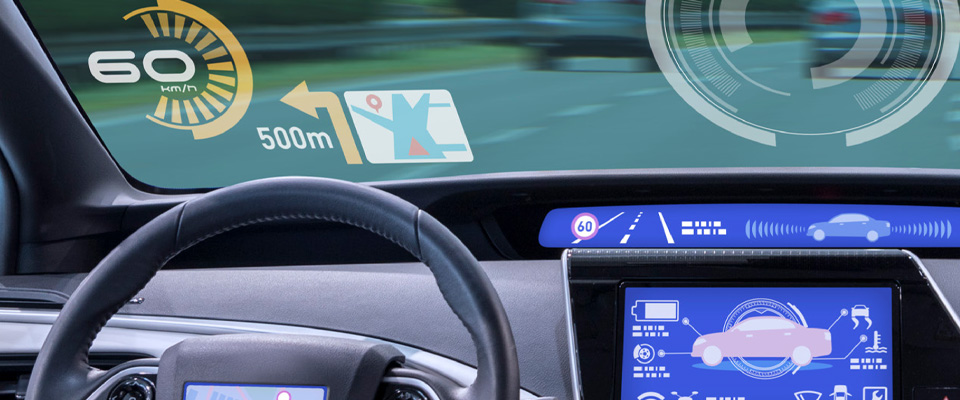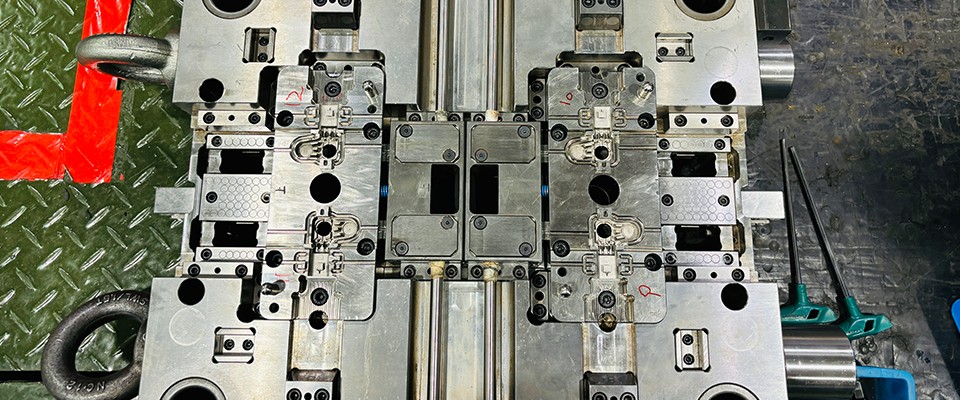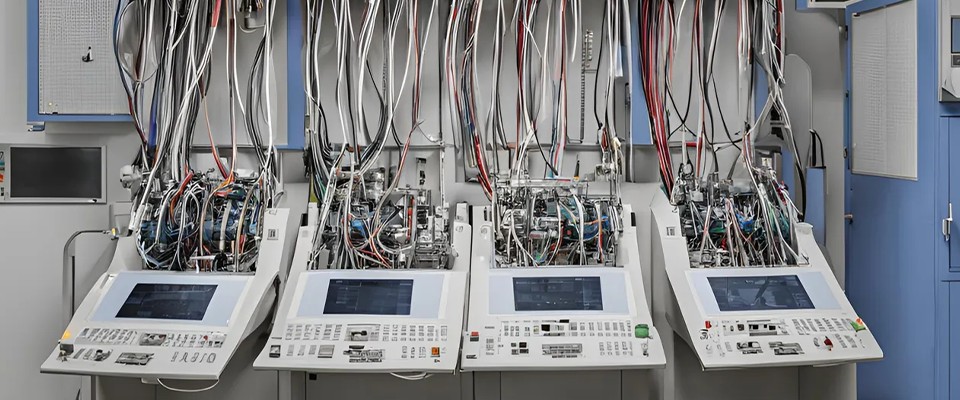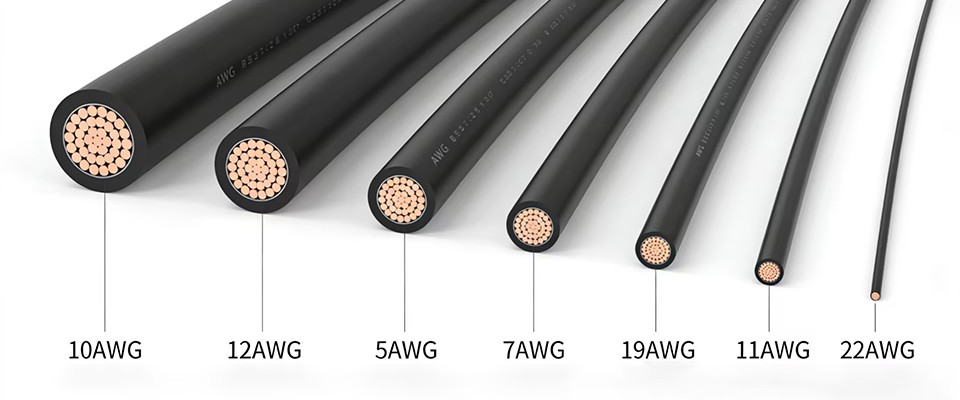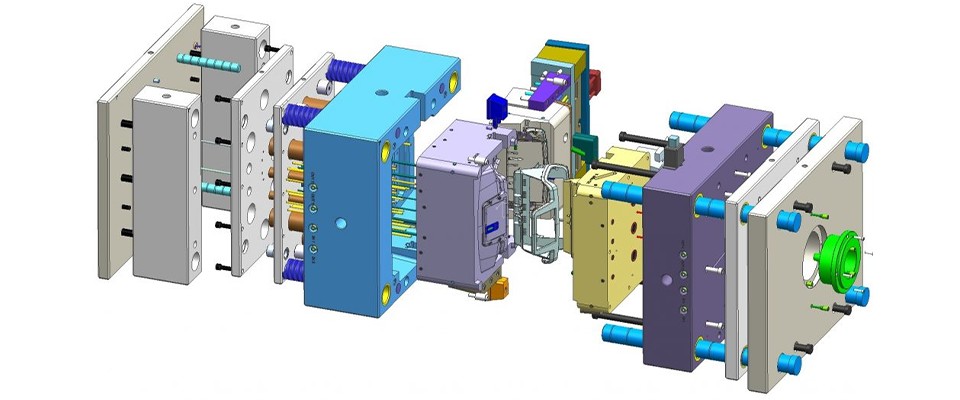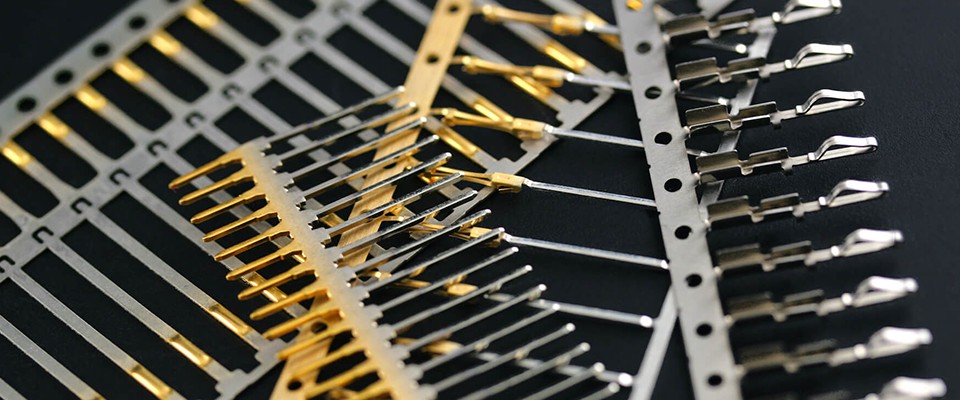As autonomous driving technology rapidly advances, self-driving cars are no longer just a concept in science fiction—they are becoming a reality. The core of self-driving vehicles relies on high-performance, reliable sensors and electronic systems. The stability and precision of these systems are ensured by quality connectors and sensors. TSP, a global leader in the manufacturing of connectors and sensors, is actively contributing to the innovation and progress of autonomous driving technology.
Core Technology Requirements of Self-Driving Cars
The successful operation of autonomous vehicles depends on high-precision sensors and stable electronic systems. Sensors serve as the eyes of a self-driving car, responsible for detecting road conditions, obstacles, pedestrians, and other vehicles to ensure the car makes accurate judgments in complex traffic environments. Meanwhile, connectors act as the vital link between the sensors and the vehicle’s electronic systems, ensuring efficient communication and system stability. When these components are seamlessly connected, autonomous systems can respond quickly and accurately.

The Role of Connectors in Self-Driving Cars
Connectors play a crucial role in the operation of self-driving cars. They ensure stable connections between the vehicle’s electronic systems, such as the powertrain, sensors, and control units. In autonomous vehicles, thousands of electronic components and sensors need to communicate through reliable connectors. TSP’s high-performance connectors, known for their heat resistance, shockproof design, and electromagnetic interference resistance, are built to withstand the challenging environment of automotive applications, ensuring stable electrical connections for autonomous driving systems.
TSP’s automotive connectors not only offer durability but also minimize signal loss, ensuring real-time data transmission and enabling the autonomous system to make quick and precise decisions. These connectors are widely used in critical areas such as sensor networks, power systems, and electronic control units, providing the foundation for safe and stable autonomous driving technologies.
The Role of Sensors in Self-Driving Cars
Sensors are the “brain” of an autonomous vehicle’s perception system. They are responsible for detecting various environmental data, such as obstacles, road signs, other vehicles, and pedestrians. Common sensors in autonomous vehicles include radar, LiDAR (Light Detection and Ranging), ultrasonic sensors, and cameras. These sensors collect data in real time, helping the vehicle make decisions such as automatic braking, obstacle avoidance, and path planning.
TSP manufactures high-precision sensors that ensure the accuracy of data collection while adapting to a variety of driving environments. Whether it’s rain, snow, or different types of roads, TSP’s sensors provide stable and accurate data, ensuring the autonomous driving system’s smooth operation. By integrating TSP’s advanced sensor technology, self-driving cars can perceive and process every detail of their surroundings, significantly reducing the risk of accidents.
TSP's Innovation and Applications in Autonomous Driving
TSP’s innovations in the autonomous driving sector extend beyond just connectors and sensors. TSP focuses on the seamless integration of these components to further improve data transmission speed and stability. For example, TSP’s high-speed transmission connectors ensure that data collected by sensors is transmitted to the central control unit within milliseconds, enabling real-time responses and decision-making.
Several leading automotive manufacturers have already chosen TSP as a key supplier of electronic components, incorporating TSP’s connectors and sensors to advance the commercialization of autonomous driving technologies. TSP continues to refine its products in collaboration with top self-driving tech companies to meet the industry’s growing demands for reliable, high-precision components.
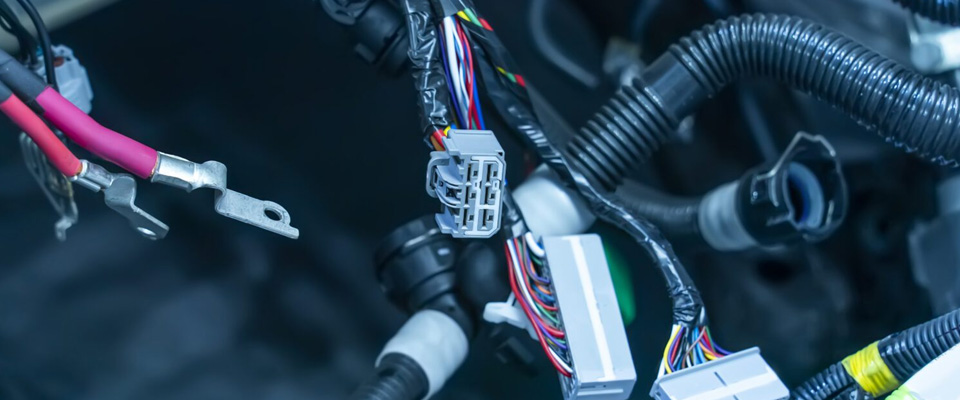
TSP's Opportunities in the Smart Driving Sector
As autonomous driving technology progresses, future smart driving systems will rely even more heavily on the efficient collaboration between connectors and sensors. The rise of 5G and artificial intelligence (AI) technologies will further accelerate the development of autonomous driving. The ultra-low latency and high bandwidth of 5G networks will provide real-time communication and data exchange for self-driving cars, while AI will help vehicles make smarter decisions and more accurate controls.
TSP is well-positioned to play a pivotal role in this next wave of technological advancements. By continuously enhancing the performance of connectors and sensors, TSP will support the smart, autonomous, and connected driving solutions of the future. In the coming years, TSP is poised to become a key partner in the global autonomous vehicle industry, driving innovation forward.
Conclusion
In conclusion, connectors and sensors are indispensable in the world of self-driving cars. They are not only fundamental components of the vehicle’s electronic systems but also key factors that ensure the safety, accuracy, and efficiency of autonomous driving technology. With its expertise in connectors and sensors, TSP has become a vital partner in the development of autonomous vehicles, driving the global advancement of this cutting-edge technology.
If you’re interested in learning more about TSP’s connectors and sensors, or if you would like to discuss our technical solutions, please feel free to contact us. We look forward to collaborating with you to advance autonomous driving technology and provide the most reliable technical support for your projects.

